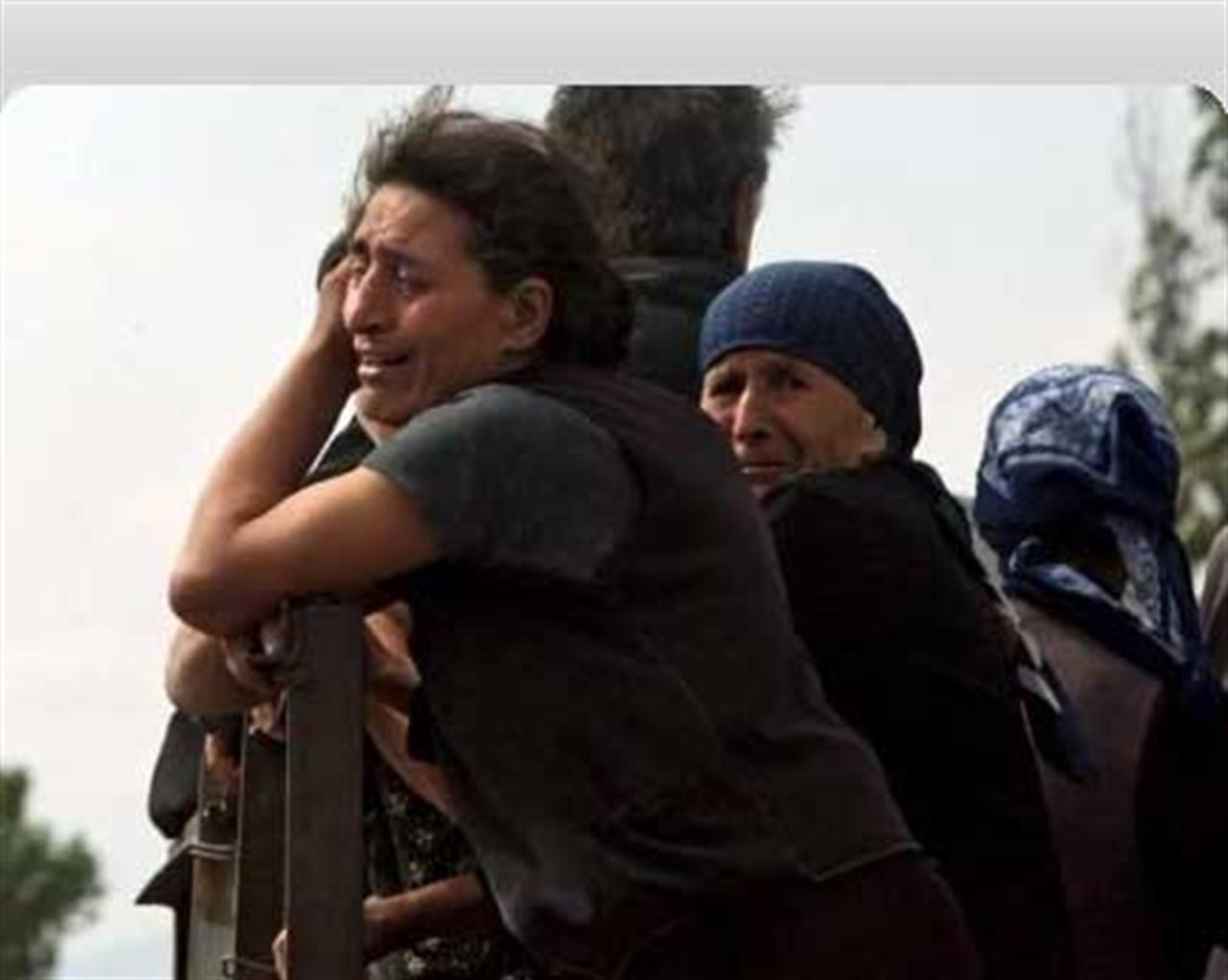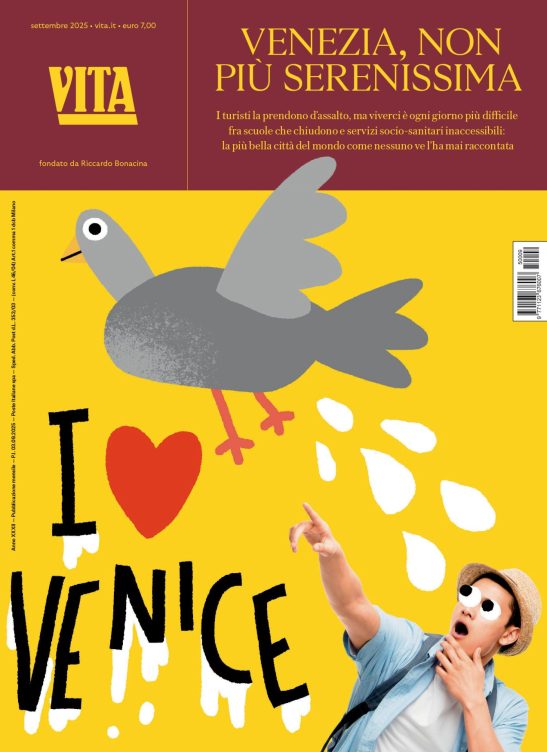Non profit
Georgia: one year on
International Rescue Committee's testimony on the humanitarian situation a year after the war
di Staff

by Peter Biro
As Russian tanks rolled into his village of Aradeti on the border between Georgia and the breakaway enclave of South Ossetia, Nikoloz Titvinidze gathered his two children and fled for his life.
“There were shells falling everywhere,” Nikoloz, 48, says. “It was horrible.”
Nikoloz, his daughter Nanuli, 7, and son Gogita, 10, escaped to Sagaredjo, a town some 200 kilometers east of Aradeti, where they lived with relatives for a month before feeling safe enough to return. But the homecoming was far from happy.
“The vibrations of the explosions damaged my house very much,” Nikoloz says. “My cattle were killed and the vegetable gardens destroyed.”
Aid workers from the International Rescue Committee (IRC) stepped in and helped the family by providing a grant to repair the collapsed roof of their house and supplying new farm animals.
“If the peace continues in my country, there is still hope for us,” Nikoloz says, as he sprinkles chicken feed into his new backyard pen.
A year ago this week, on August 7, 2008, simmering tensions between Georgia and Russia erupted into full-scale war after Georgian troops mounted an attack on separatist forces in the enclave of South Ossetia and Russia responded by pouring thousands of troops into South Ossetia and Georgia.
Five days of fierce fighting resulted in hundreds of deaths and widespread destruction and forced more than 160,000 people from their homes before a truce negotiated by the European Union ended the conflict.
In the midst of fighting, the IRC quickly deployed emergency teams that brought in relief supplies, provided clean water and sanitation, and gave care to uprooted children.
One year later, many of the people aided by the IRC and other aid groups have returned to their homes in South Ossetia or the Georgian areas bordering the enclave, now known as the buffer zone. However, some 37,000 ethnic Georgians who fled South Ossetia are still unable to return and are living with relatives or in hastily constructed housing settlements without water systems, sewers and toilets.
“These people face a very uncertain future,” says M. Peter Leifert, the IRC’s country director in Georgia. “Their houses have been destroyed and their fields are littered with landmines and unexploded ordnance. They simply can’t return home to make a living.”
Almost all houses in the buffer zone between South Ossetia and Georgia were destroyed or damaged by fire, shelling or concussion from bomb blasts, while agriculture, a main source of income, has all but ground to a halt. People’s livestock were killed and stolen. An estimated 95 percent of the people living in the buffer zone are unemployed and suffering from poor health, severe stress and other maladies.
The IRC is working in 45 villages in the buffer zone to provide refugees with vital services including repairing damaged homes, providing referrals for job training, health care, counseling, education and legal aid.
“For people in need of assistance, we are providing the hope of survival and a small degree of normalcy in the face of violence and chaos,” says Manana Amonashvili, the IRC protection project manager in Georgia.
Security, meanwhile, is still a huge problem for people living in Georgian villages near the border with South Ossetia. Armed gangs frequently cross into the buffer zone, kidnapping for ransom and stealing cattle and crops.
“Gunfire can be heard here every night and people’s stress levels are extremely high,” M. Peter Leifert says.
On the other side of the border, inside South Ossetia, the situation is equally desperate, reports suggest, although the IRC and other international aid groups are not allowed into the enclave, which is still controlled by Russia.
“According to reports, most of the people who lived inside South Ossetia are still displaced,” says Thomas Hill, the IRC’s Northern Caucasus director. “The enclave is filled with ghost towns and the aid promised by the Russian authorities has failed to materialize.”
Some Georgians who escaped direct involvement in last summer’s war are nonetheless also facing an uncertain future. Nearly 250,000 people, who were displaced from Georgia’s secessionist territories of Abkhazia and South Ossetia during earlier conflicts in the 1990s, are still awaiting a solution to their situation.
Most are surviving on small government handouts while living in poorly-maintained buildings such as former hotels, schools or factories in the Georgian capital Tbilisi or in areas bordering Abkhazia.
“The IRC is providing water, sanitation, hygiene and other support to these long-term displaced people,” M. Peter Leifert says. “They have been overlooked and have lived in limbo for too long now. It is time for Georgia to find a permanent solution, to help them feel at home in their own country again.”
Source: Reuters
Vuoi accedere all'archivio di VITA?
Con un abbonamento annuale potrai sfogliare più di 50 numeri del nostro magazine, da gennaio 2020 ad oggi: ogni numero una storia sempre attuale. Oltre a tutti i contenuti extra come le newsletter tematiche, i podcast, le infografiche e gli approfondimenti.
